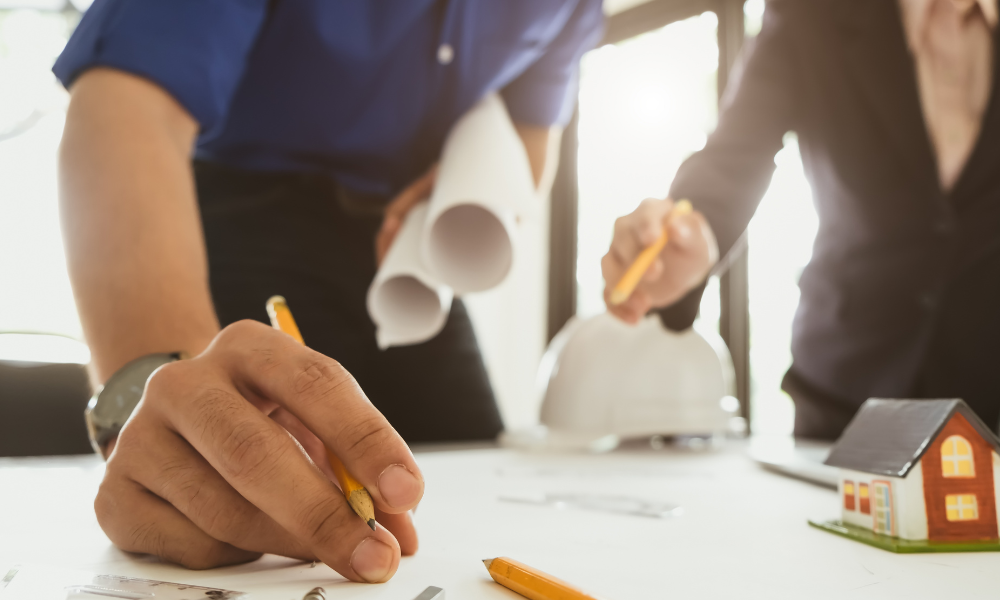Imagine a world where the charm of old buildings meets the smartness of new technology. This is not just a dream but a reality we can achieve by blending traditional architecture with modern sustainability. This approach is not about giving up one for the other. Instead, it’s about using the best of both to create buildings that are beautiful, strong, and kind to our planet.
Why Traditional Architecture?
Traditional architecture has been around for centuries. These buildings are not just pretty; they are also practical. They are designed to fit their environment, using local materials and techniques that have stood the test of time. For example, earthen buildings in Rajasthan, India, use mud and clay to keep homes cool in the hot desert climate. A study by Dr. Rajeev Singh from the Indian Institute of Technology, Delhi, shows that combining these old methods with new technologies can create homes that are both energy-efficient and sustainable.
The Role of Modern Sustainability
Modern sustainability focuses on using resources wisely and reducing waste. This includes using energy-efficient systems, renewable materials, and smart technologies. Professor David Jones from the London School of Architecture says, “Modern technology can enhance, not replace, the timeless principles of traditional architecture. By integrating sustainable materials and energy-efficient systems, we can create structures that are both beautiful and environmentally responsible.”
The Synergy of Both Worlds
Blending traditional architecture with modern sustainability is like making a perfect recipe. Dr. Maya Sharma from the University of California, Berkeley, explains, “Blending traditional architecture with modern sustainability is not about compromise, but about synergy. We can harness the wisdom of the past to build a more resilient and environmentally conscious future.”
Benefits of This Approach
- Energy Efficiency: Traditional buildings often have thick walls and small windows, which help in maintaining a stable indoor temperature. When combined with modern insulation and energy-efficient windows, these buildings can significantly reduce energy consumption.
- Use of Local Materials: Traditional architecture often uses materials that are readily available in the area. This reduces the carbon footprint associated with transporting materials over long distances.
- Cultural Significance: Buildings that reflect local traditions and culture can foster a sense of community and belonging. Dr. Richard Green from the University of Oxford notes, “Sustainability is not just about the building itself, but also about the community it serves. Traditional architecture often fosters a sense of place and community connection, which can be a powerful tool for promoting sustainable living.”
Real-World Examples
Earthen Buildings in Rajasthan
In Rajasthan, India, traditional earthen buildings are being combined with modern technologies to create sustainable homes. These homes use mud and clay, which are excellent insulators. By adding modern features like solar panels and rainwater harvesting systems, these homes are not only energy-efficient but also environmentally friendly.
Green Building Certifications in China and Japan
A study by Professor Xiaohui Li from Tsinghua University, Beijing, compares green building certifications in China and Japan. The study shows that integrating sustainable design principles in modern adaptations of traditional architectural styles can lead to highly effective green buildings. These buildings not only meet modern sustainability standards but also preserve cultural heritage.
Personal Anecdotes
I remember visiting my grandmother’s old house in the countryside. The house was made of thick stone walls and had a thatched roof. It was always cool inside, even on the hottest summer days. Years later, when I visited again, I noticed solar panels on the roof and a rainwater harvesting system in the backyard. The house still had its old charm but was now more sustainable. This blend of old and new made me realize the potential of combining traditional architecture with modern sustainability.
How to Achieve This Blend
Use Local Materials
Using materials that are available locally can reduce the environmental impact of transporting materials over long distances. It also supports local economies and preserves traditional building techniques.
Incorporate Modern Technologies
Modern technologies like solar panels, energy-efficient windows, and smart home systems can be integrated into traditional buildings to enhance their sustainability. These technologies can help reduce energy consumption and make homes more comfortable.
Preserve Cultural Heritage
Preserving the cultural heritage of a building is important for maintaining a sense of community and belonging. This can be achieved by incorporating traditional design elements and materials into modern buildings.
Engage the Community
Engaging the community in the design and construction process can help ensure that the building meets the needs of the people who will use it. This can also foster a sense of ownership and pride in the building.
Conclusion
Blending traditional architecture with modern sustainability is not just a trend; it is a necessity for a better future. By combining the wisdom of the past with the innovations of the present, we can create buildings that are not only beautiful and functional but also kind to our planet. As Arch. Emily Chen from Eco-Arch Design, Beijing, puts it, “The challenge is not simply to replicate the past, but to reimagine it for the present. Traditional architectural forms can be adapted to incorporate modern technologies and materials, resulting in buildings that are both sustainable and culturally significant.”
In the end, this approach is about creating a harmonious balance between the old and the new, ensuring that we build a future that respects our past and protects our planet. So, the next time you see an old building, think about how it can be transformed with modern sustainability practices. You might just be looking at the future of architecture.
References
- Dr. Maya Sharma, Architect and Sustainability Expert, University of California, Berkeley
- Professor David Jones, Head of the Department of Architectural Design, London School of Architecture
- Arch. Emily Chen, Founder of Eco-Arch Design, Beijing
- Dr. Richard Green, Anthropologist and Sustainability Advocate, University of Oxford
- Dr. Rajeev Singh, Department of Architecture, Indian Institute of Technology, Delhi
- Professor Xiaohui Li, School of Architecture, Tsinghua University, Beijing




